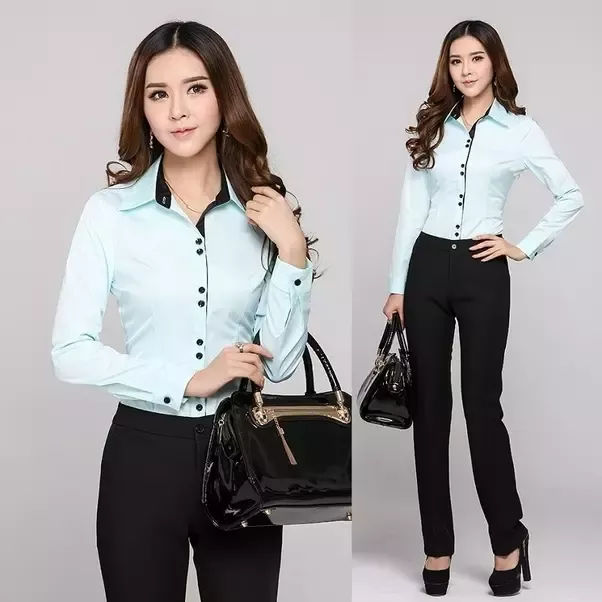How to Decide on Uniform Fabrics?
Before you decide on a uniform for your workplace, consider the fabric.
Employees wear corporate uniforms every day, so comfort should be a top priority.
Even though the uniform colour may be correct, sometimes the fabric quality is poor. It can be costly to replace uniforms faster than necessary.
Every fabric has pros and cons. You need to decide what you need.
These are seven things you should consider before deciding on uniform fabric.
Comfort
When choosing uniform fabrics, comfort is the most important consideration. Consider what the uniform will be used for by staff members.
The comfortability of your clothing is affected by the tactile characteristics of the fabric, such as fabric hand, drape, stiffness and stiffness. The work you do and the season will determine the fabric best for your uniform.
Odour free
Certain fabrics retain more body odour than others. Clothing can be used to reduce or eliminate body odour. It is important that the fabric releases sweat quickly so bacteria doesn’t get to it.
Polyester retains body odour and can be retained even after washing. Polyester is not recommended for work that involves sweating or physical activity.
Protect against the UV rays
Given that we have to work outside, what is the best way to shield yourself from the sun’s harmful UV rays (UVR)?
The best and most effective way to protect your skin from the sun is through clothing. The body’s temperature regulation system is aided by clothing. Many fibres absorb UV radiation naturally. Some fibres have elastic threads which pull the fibres together and reduce the space between them. Synthetic fibres such as nylon, acrylic and polyester are more resistant than bleached cottons. Consider the fabric’s density and weight — sheer silk gauze, which is lighter than heavy cotton denim, will offer less UV protection.
Durability
Clothing is not only about style and comfort, but also durability.
Many types of uniforms for staff can be found. They will differ according to the season, with thicker fabrics in winter and spring than in summer. The fabric that is thicker will provide greater durability. A seasonal uniform is only worn for a specific season so they can last longer than regular uniforms.
Wash-ability
The uniforms’ fabric must be washable and able to remove stains.
All washing cycles must be tolerated by the fabric and its colours. They should also be able wash with other household fabrics in regular daily or weekly washing.
Colour
Never underestimate the power and impact of colour. The power of colour is well-known. Red and orange can stimulate appetites and increase excitement. Yellow is associated creativity but should be used sparingly to avoid anxiety. The natural elements are associated with green. Fast food restaurants and casual dining establishments are often filled with yellow and red. While white is great in moderation, it can stain easily.
It will be more difficult for employees washing the fabric properly if it isn’t good at locking in colour. You should choose a professional-looking colour that suits most shapes and skin tones, such as navy, grey, or black.
Conditions at work
It is important for employees who work outdoors or indoors to change their uniforms throughout the year. The business environment has a significant impact on the uniform of employees.
Before deciding on the right fabric for you, it is important to consider all the areas in your workplace. Uniform Store offer a flexible solution for uniforms that can be worn all year. They are both comfortable and practical.














Post Comment